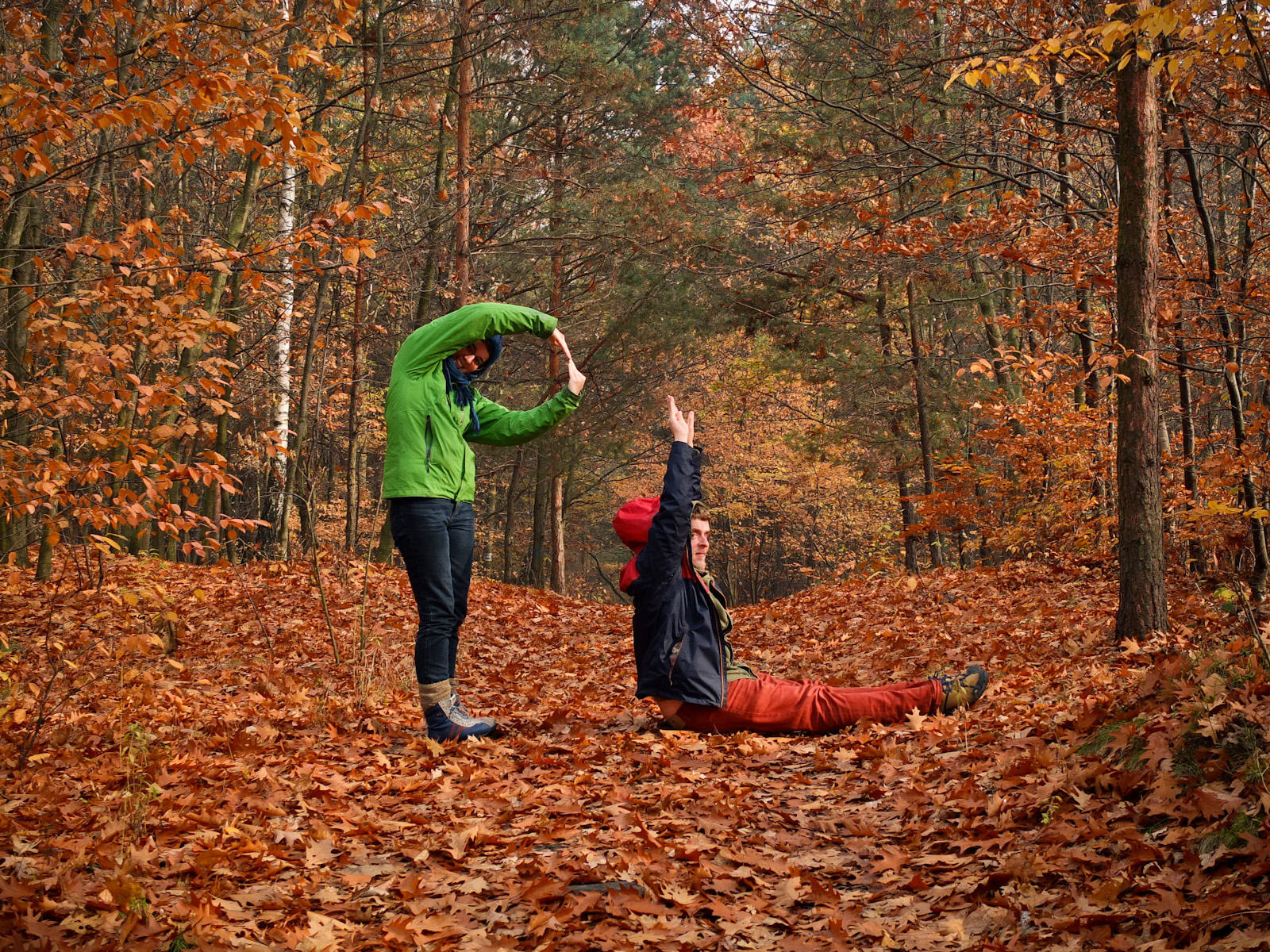
Western Mongolia – Practical Guide
Having decided to go through the west of Mongolia instead of Ulaanbaatar, we didn’t really know what to expect – there was not much information online. Hence, we thought it could be very useful for future travellers coming this way to have some practical information available online. But don’t worry, if you’re not going that way, this post won’t bore you with dry facts – you’ll learn about the fascinating reality of Mongolia!

Amazing landscapes, lack of roads, traditional life and smiling, hospitable people are some of the main reasons to leave your heart in Mongolia. Here: the ‘road’ out of Khovd, the main town of Western Mongolia.
If you’re looking for specific info, jump to:
- Hitchhiking from Urumqi to Mongolian border
- Takeshiken – Bulgan border crossing
- In the aimags and sums
- Transport
- Tsagaannuur – Tashanta border crossing
All data in the post come from August 2015
Hitchhiking from Urumqi to Mongolian border
Hitching from Urumqi towards the border in Takeshiken was very easy. First we used baidu maps (the interface is clear enough that you do not need to read Chinese to find your way around the site) to get a city bus somewhere here:
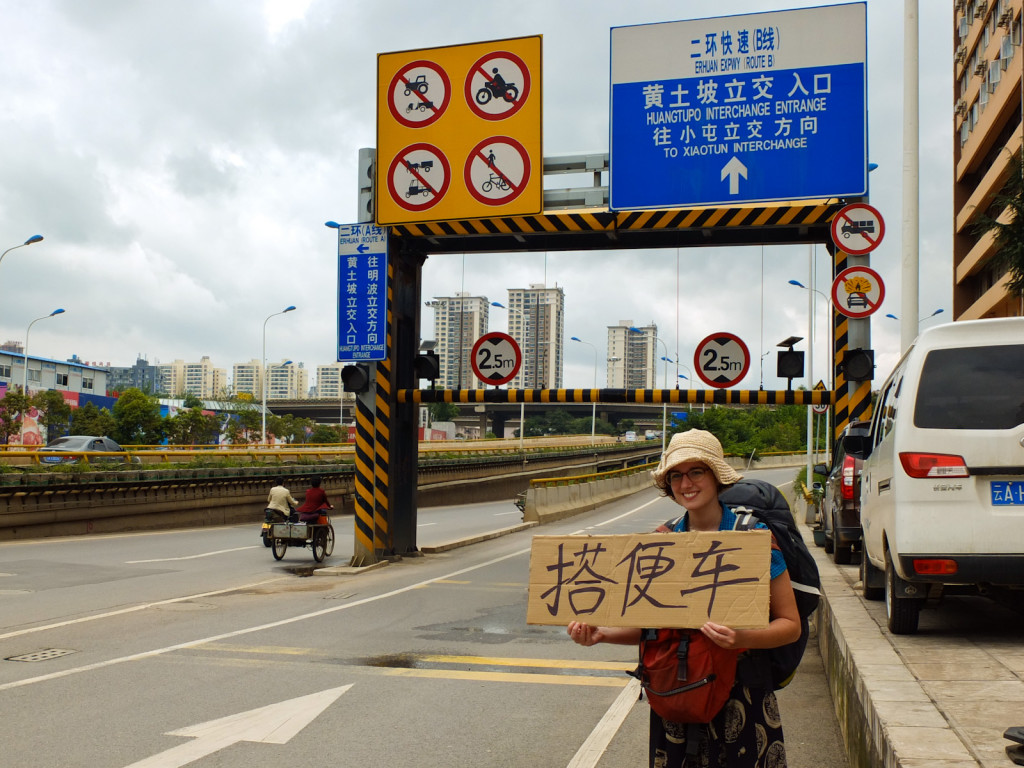
搭便车 or da bien che means hitchhiking in Chinese. This picture was taken south in Yunnan, but it proved irreplaceable all the way to Mongolian border post!
Standing at the highway entrance with our da bien che (hitchhiking) sign – a must if you hitchhike in China, we found many cars stopping. We were asking if they drive to Fukang as getting off in Midong would get us stranded in an industrial suburb. After 10-15 minutes we had a car going to Fukang, where at the toll boots we found a great lift – a very interesting neurosurgeon (with perfect English – a rarity in China), going to Mount Bogda (I recommend allowing your driver to take you there if you have time, it’s supposed to be one of the most impressive places in China. And China’s nature is just breathtaking). After an hour of interesting conversations we approached the road north to Fuyun. 5 minutes later a car stopped (be aware that here the temperatures might be extreme, from Saharan to Arctic, depending on the season). The driver definitely wasn’t ethnically Chinese, what in China usually means he would ask for money for the lift.
– Go where?, asked the driver in Chinese
– Fuyun, I replied
– 100 yuan, he said. Or maybe 1000, I don’t speak Chinese after all
– Da bien che, mien fei, the latter, a magical hitchhiking phrase means “avoid fee”
– Not possible, said the driver, getting back in the car
– We hitchhike from Kunming!
This worked. 15 seconds later we were driving 150 km/h in a luxurious car (as most cars that will give you lifts in China) through the desert full of camels, passing an oasis with a Kazakh disco (in the middle of the day) and a Police passport control (it went smoothly). Getting to the border was easy. All the other drivers were ethnic Kazakhs or representatives of other Central Asian minorities of Western China and no-one else asked for money. The landscapes were absolutely reminding me of Tajikistan or Uzbekistan and once even a car full of drunk men stopped, one of them getting very excited about meeting foreigners. He started explaining us in Chinese and Kazakh that he is of Kazakh ethnicity, he wished to help us in some way, invite us home etc. Only our restraint and a chilly wind full of sand made him give up and go. I felt like I was in Uzbekistan, not China.
The last 80 kilometres after Qinggil turn-off were trickier due to almost non-existent traffic, but we finally made it. Wanna know how? Click here, this post is supposed to be a practical guide after all.
Takeshiken – Bulgan border crossing
This crossing was like any other border – both on the Chinese and the Mongolian side. We queued a bit, got our documents checked, the officers were polite, smiled a bit, could speak a bit English and were mostly female. Nobody checked our laptop or camera, as reported to take place when crossing from Mongolia to China. The Mongolian border building was naturally significantly less modern and we thought we wouldn’t be able to exchange money there but then we found an English (or Russian) speaker who told us there was a bank, we just needed to enter an unmarked door and follow a stairwell to a cellar. There were 4 banks there, having different exchange rates. We never found the toilet.
Getting from the border to Bulgan, as mentioned on Caravanistan (a brilliant guide to travelling in Central Asia), costs 5,000 Tughrik per person (USD~2.5), there’s plenty of taxi drivers in both standard cars and minibuses. They don’t seem to rip people off, they were nice and, as everywhere in Mongolia, with patience it was possible to find someone who spoke a bit of English or Russian. A traveller we met on the border has apparently managed to hitchhike from the border towards Khovd.
In the aimags and sums
The 55% of Mongolians who don’t live in the capital city of Ulaanbaatar, stay either in lone yurts (called ger in Mongolian) or live in centres of their aimag (province) or sum (sub-province), which form kind of dusty towns with a few shops, maybe a library, theatre and hospital. Also, a hotel, but that’s usually not needed. Outside the ‘centre’ there are ‘suburbs’ – square plots of land surrounded by a tall fence, hosting a simple square house, or more often – a yurt.
Communication and hospitality
In the previous countries on our way (namely China and, to a lesser extent, Lao) we found it really difficult to communicate with people even if we spoke some very basic level of the local language. People there are simply not used to communicate with gestures and simple expressions. Mongolia was very different – I felt like talking to Europeans and not having a language in common wasn’t a big deal: people were outgoing, approachable, with a sense of humour, and, importantly, genuinely helpful and very hospitable.

These amazing guys were amongst the great people and new friends who took so much care for us on our way. Best greetings if you’re reading this!!!
Almost every time we were arriving to an aimag or sum, we already knew someone (met on the way or in the previous sum) who would help us if not just invite us to stay in their house. They will take care of you, show you around and feed you a lot. They’ll also often have a family member who speaks a bit of English or Russian, though this is usually a problem. And don’t count on learning much Mongolian fast, it’s a really difficult language (of course an ethical, conscious traveller who visits, not ‘does’, places will learn hello, thank you and maybe much more, but it’s not like Far East Asian languages where you can actually describe simple situation in the local language after a few weeks’ stay). Speaking of family members, almost everyone in Mongolia has at least some nomadic or semi-nomadic relatives, this being a great opportunity to experience the still thriving traditional ways of life.
Food and alcohol
Speaking of hospitality I can’t not mention the sensitive subject of food. People in Mongolia are very generous and give you the best they have, that’s for sure. But what they eat is very different from what we do. A few times a day they have a weak, very salty tea with fresh milk of any animal, chased with a local delicacy – a kind of dried stone-hard whey of a strong salty-sour taste. Russian sweets and some pastries stay on the table all day. In the evening you’ll get a big plate of boiled mutton or lamb served on the table for the whole family. They’ll often get the best cuts for you, including perfectly white chunks of fat. The meat might be chased with a tasty, rich broth containing mostly… meat. The meat comes with some noodles and a little bit of vegetables. This food can actually be quite tasty, but it’s very hard to live on such a different diet for long (both for your taste buds and stomach). I honestly have no idea what you will do if you’re vegetarian. Depending on the reasons behind your vegetarianism, this might be a valuable information – since literally nothing else but meat grows in the region, the animals are grown in an ethical and sustainable way, usually by your host family. At the same time, asking them for vegetables that have to be imported hundreds and hundreds of kilometres through road-less steppes is not only unsustainable but also expensive for them.

Lunar (or Martian?) landscape out of Bulgan. Absolutely nothing grows here, even yak herders don’t bother to live here. Imagine driving amongst mountains, surrounded only by stones and hot air, being aware probably not a single person lives there!
Drinking is another thing. It’s common in Mongolia to drink vodka on any evening or sometimes other times of the day. It often involves elaborate gestures and polite toasts. Everyone at the table gets the circulating shot-glass passed to their hands, you can either enjoy participating or politely deny by putting the glass against your lips and passing it to the next person. This is generally respected, and gives you a great way to refuse getting drunk while staying polite and keeping to spend time with your hosts.
Khovd
Khovd is the main town of Western Mongolia, hence it’s described quite well in the guides like Wikivoyage. As for August 2015 though, the Strawberry Ger Hostel had long been closed and while the other ger (yurt) camp was functioning, I can’t really recommend it for car-less travellers – it’s not really 5 kilometres from the town centre, it’s about 8 kilometres outside of town, by a very bad road, in the middle of nowhere, without mobile coverage or walking access to anything.

Gers just out of Khovd. Many Mongolian families and some visitors spend time here in the summer. The only ger camp accepting tourists is located just at the foot of the hill, centre-left of the picture.
We met people ready to host us on the way to Khovd, but after the first night we realised the family of 5 was giving up the only bed in their 1-room apartment. And we really needed to have a rest from Mongolian home-made food, I had already been sick for a few days.
We went to all the hotels in town, and the least grand one, Grand Hotel was offering rooms for 30,000 tughrik ($15). We negotiated the price to 25,000 as the door wouldn’t close. The restaurant downstairs (supposed to be much more posh than the hotel itself) serves really nice food for affordable prices (although Mongolia is probably not as cheap as you’d expect), but you need to be really lucky or know the names of the dishes in Mongolian or you might get something containing only meat…
Bayan-Ölgii
In Ölgii we were lucky to be hosted by an American NGO worker, but we’ve heard that Traveller’s Guesthouse is a good and affordable place with a very knowledgeable and helpful owner Nazgul. Call her in advance at 99424505 to book a bed. And do not, under any circumstances, miss the Turkish restaurant (unless you just came to Mongolia from Turkey or Berlin, then you’ll get slightly disappointed).
Looking for accommodation in Mongolia when out of town, you’re supposed to feel free to come to any yurt. As we learnt, in the whole Bayan-Ölgii there’s a customary fee of 5,000 tughrik per person to cover the cost of food you ate (this might apply to the whole country). Be careful though, ask in advance as some people used to tourists might ask for a few times more just before you live. (Read why it is not good to significantly overpay for customary services in the upcoming post on conscious travelling!)
Traveller’s Guesthouse, same as all the tourist destinations in Bayan-Ölgii is for some reason very popular amongst Israelis. We met a nice Israeli couple in pre-retirement age who told us amazing things about the whole local area of Altai Mountains with the glacier and the local Tuvan people. This shamanistic minority within a Kazakh minority region is supposed to live a very traditional way (and that compared with other people of Mongolia!) and be a rare community where men and women share a very equal workload.
We didn’t go there as you need one day driving one way from Ölgii. By a fairly expensive private jeep, it’s a tourist region after all. And we had neither money or time. But we’ll be back.
Transport
We had read horrifying stories about public transport in the West of Mongolia. 5-seater Russian jeeps were supposed to take 10-15 people for exhausting, hours-long passages through empty, road-less wilderness. We haven’t seen anything like this. There were rather Japanese minivans more or less comfortably taking 10 passengers, each of them having a seat for themselves. For instance, the procedure of crossing the 200km from Khovd to Ölgii went as follows:
- 09:00 am – our hosts went to the market and found us a car (you need to ask around as they don’t normally display their destination; the markets are closed on Mondays, so no cars on Mondays). The driver said we should arrive at 2pm
- 2:00 pm – we came to the agreed place, found the driver. He told us to wait. There were 3 other travellers there, already waiting for about two hours.
- 3:30 pm – the car started going around town picking and dropping passengers and commodities
- 5:00 pm – the car left the town (remember this is a town of 25,000 inhabitants)
- 5:03 pm – the car broke down
- 5:30 pm – we finally set off
- 5:30 – 8:00 pm the car was traversing highlands, stopping any time we encountered another car; we stopped for a meal (meat dumplings); the sun went down
- 11:00 pm – we arrived to Ölgii
Another time we managed to get from Bulgan to Khovd with a friend of a family we met hitchhiking a few kilometres from a festival. We paid a little less than for a minivan and had the pleasure of sharing a ride with nice people, the ride itself being a little faster, with possibilities to meet local families in their yurts when we stopped to sell shoes (it seems that in Mongolia, almost everyone who drives, tries to take some passengers, along with commodities for trading as driving is really expensive there).
There is one revolution undergoing in Mongolia these days – the roads are being built. Nice bitumen roads are sprawling around the country and they will change its face forever. Go there before the old Mongolia is gone. Don’t count on Google Maps in the west of the country though. Just don’t.
Hitch-hiking
Hitching in Mongolia is difficult. Our main obstacle, though, were the local people hosting us, the idea being really foreign to them. Personally, I would be for supporting the travel budgets of Mongolian families and, ideally chipping in for travelling with them, the argument of money spoiling inter-human relationships aside. But we did not have much and, fortunately or not, our hospitable families (yes, they did make us feel like we’re part of their families! Amazing people!) did not speak English/Russian well enough to understand that we wanted to hitchhike.
We managed to hitch from Ölgii almost all the way to Novosibirsk, though! I’ve read it’s extremely difficult to hitchhike in Western Mongolia but I believe that in the end of August when children go back to schools and universities, businessmen and tourists from neighbouring countries (like the Kazakh guy who gave us a lift) are all moving around the country along with the nomadic families, hitchhiking is possible. We did hitchhike from Ölgii towards the border without any problems (the first car took us, we waited maybe 20 minutes after a 40 minutes walk from the centre). Then we made a little mistake, getting off in a hail/snow/rain storm in the Tsagaannuur town 25 kilometres before the border post, unaware that there is a little village at the border post itself. It was there where a family first invited us home, then hosted us and finally asked us for more money than a hotel would cost. On the next day we started walking away from the village to hitch to the border (the family and their neighbours insisted on giving us a lift for some high price; this was the only time in Mongolia anyone presented us with unexpected costs or gave us an inflated price). Soon a guy stopped and without any questions offered to drive us to the border post village for free. He said he does it quite often.

Leaving Ölgii. The signs can be somewhat misleading – you’re not supposed to turn off by the sign but somewhere behind one of the countless mountains surrounding you
Tsagaannuur – Tashanta border crossing
Crossing the 25 kilometres of nothingness from Tsagaannuur sum to the border post village which existence we hadn’t been aware of (49.605155N, 89.465113E – be aware of the 26 kilometre no man’s land between the Mongolian and Russian border posts), we arrived to a spot occupied by 3 separate groups of 2-3 Israelis trying to hitchhike to Russia! The man who offered us a ride was doing some money exchange to them for quite a bad rate, so I’m not sure how would hospitality work there (from my previous experiences though, I would say that as long as you ask in advance if they have any financial conditions, you’ll have an unforgettable time). A few cars drove past, and then an unofficial taxi stopped. A group of 3 Israelis started bargaining and the driver proposed: OK, I’ll take 2 for free. As I was acting as the Russian-English translator for them and those guys didn’t wish to split, Wendy and I got proposed to go.

After days of meeting no-one on the roads, a surprise awaits us at the border – 8 Israeli hitchhikers!
Crossing the border wasn’t complicated. Leaving Mongolia was easy, just simple formalities without a queue, then, after making 10 kilometres on an unpaved road, a 5 minutes wait on the actual border for the Russian officers to open a gate for us and 10 minutes later we approached the Russian border post.
The Russian border control was somehow different. They check your passports while you wait at the gate to the border control area. They’re seemingly very busy so it takes a long time before they open the gate. Then, they check your passport looking very carefully at all the features of your face, comparing them with the passport photo. When your passport is checked and the stamp made, you patiently wait your turn to take your luggage out of the car to be screened attentively. This procedure being done, you need to wait another set of long minutes before the next group of busy officers finds time to open the other gate for you. Everything is done politely and very professionally, the whole operation takes maybe an hour. When the gate’s finally open, you pass the tiny Tashanta village and this view spreads in front of your eyes:

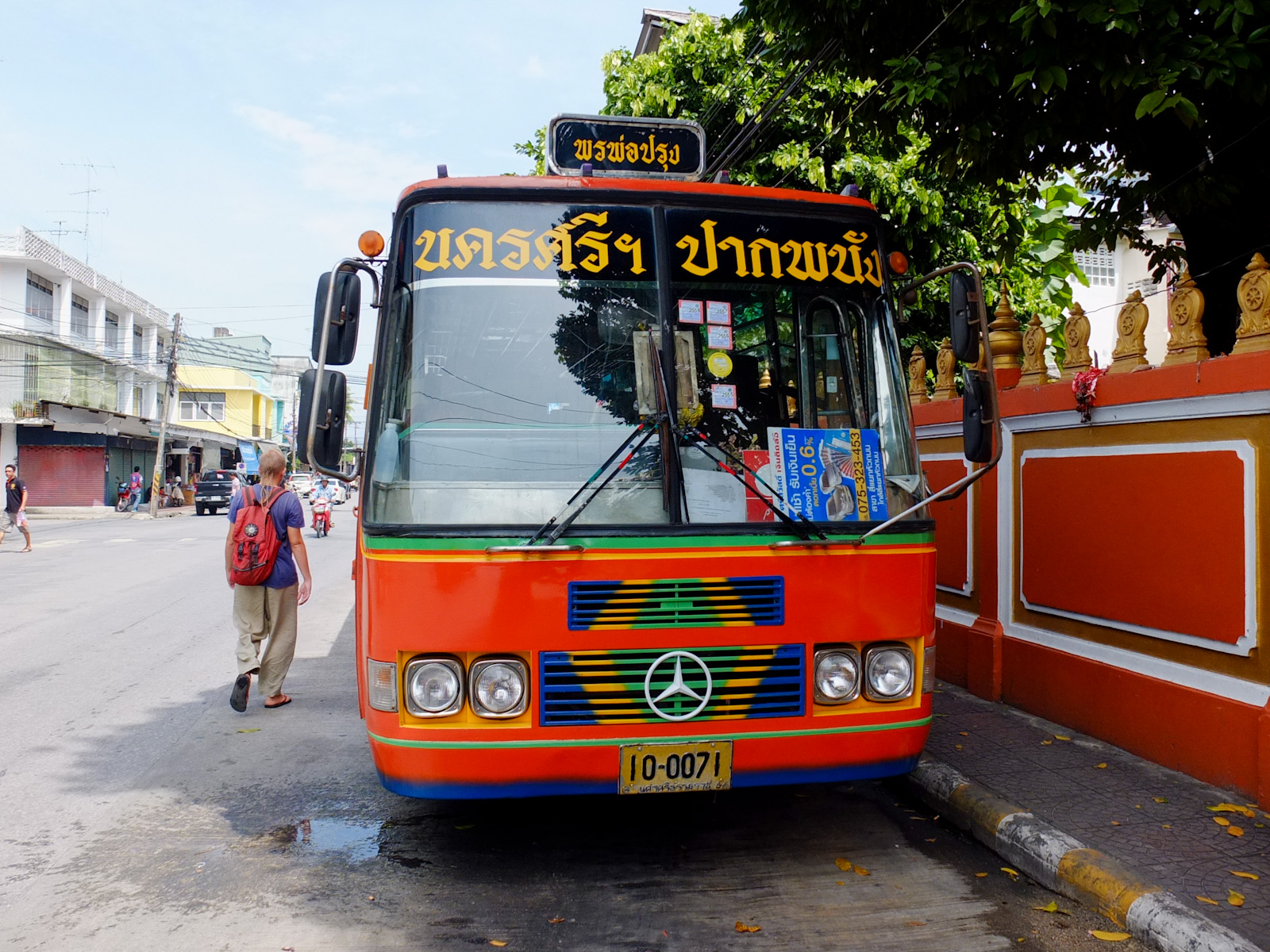
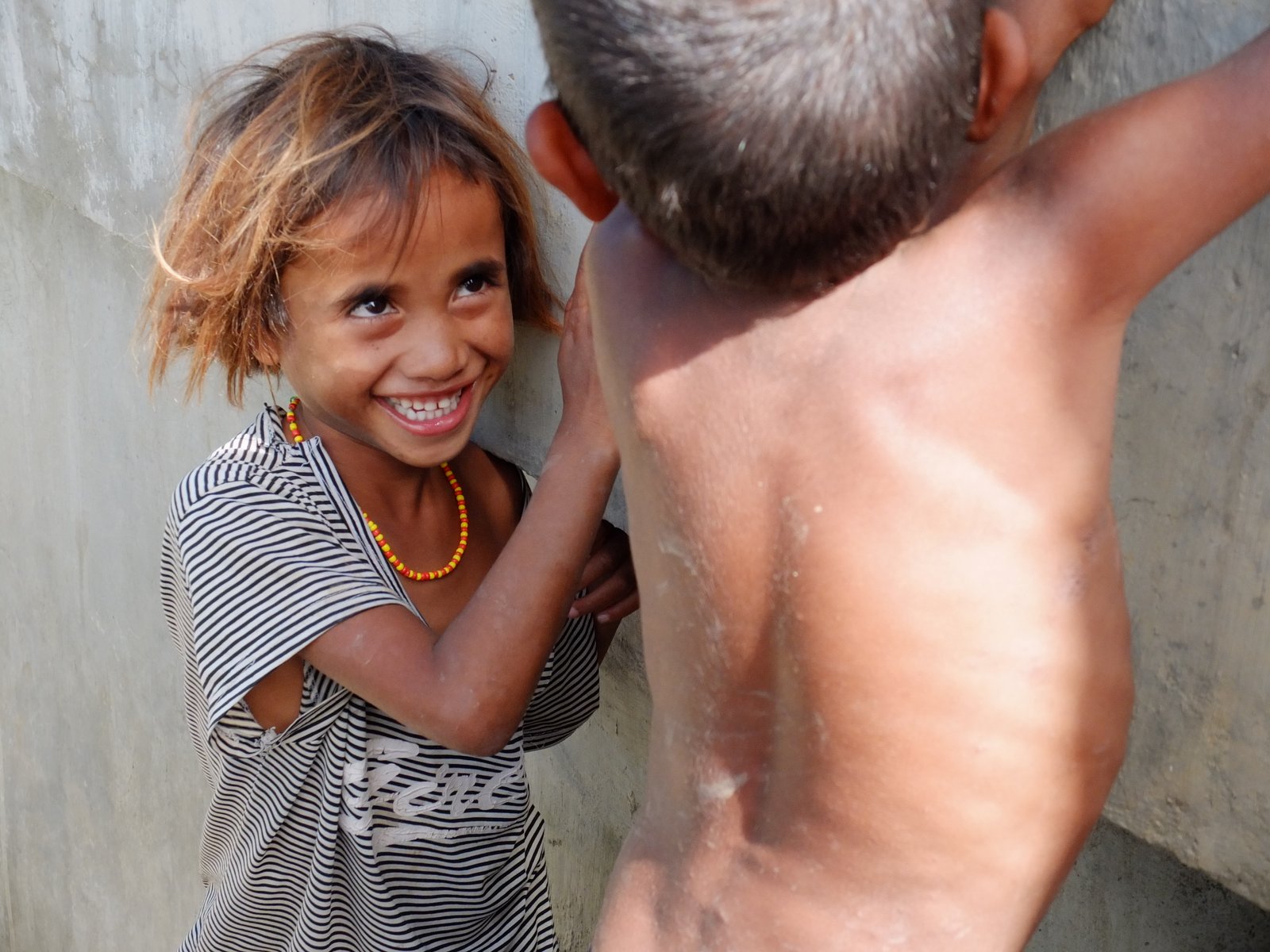

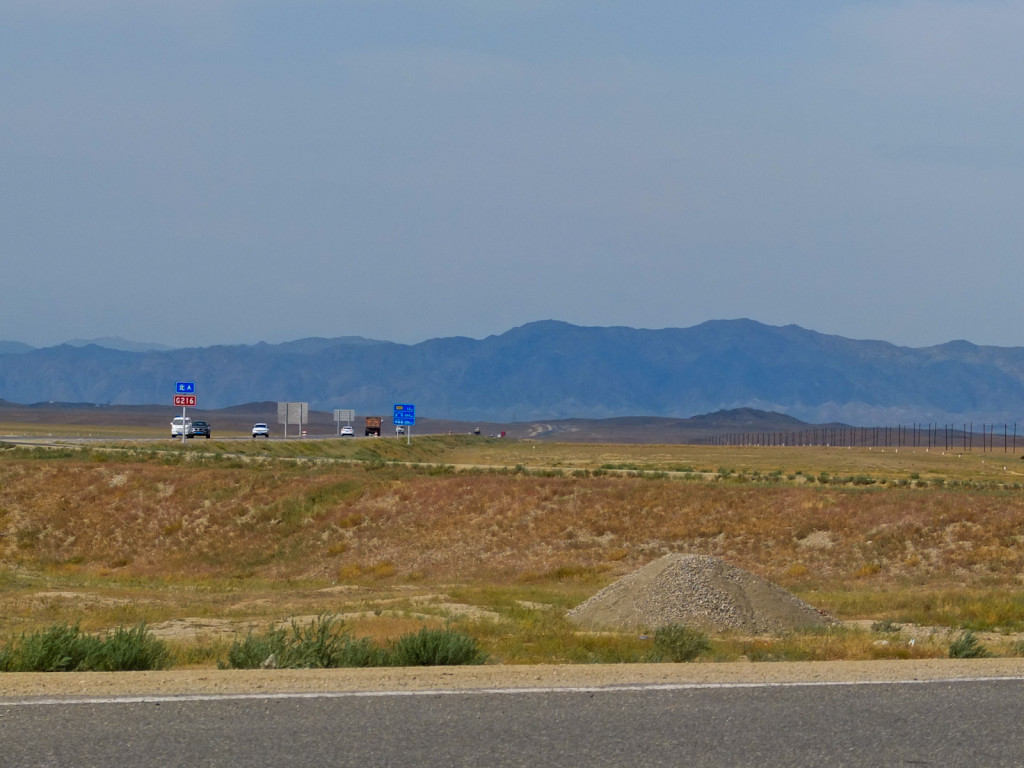
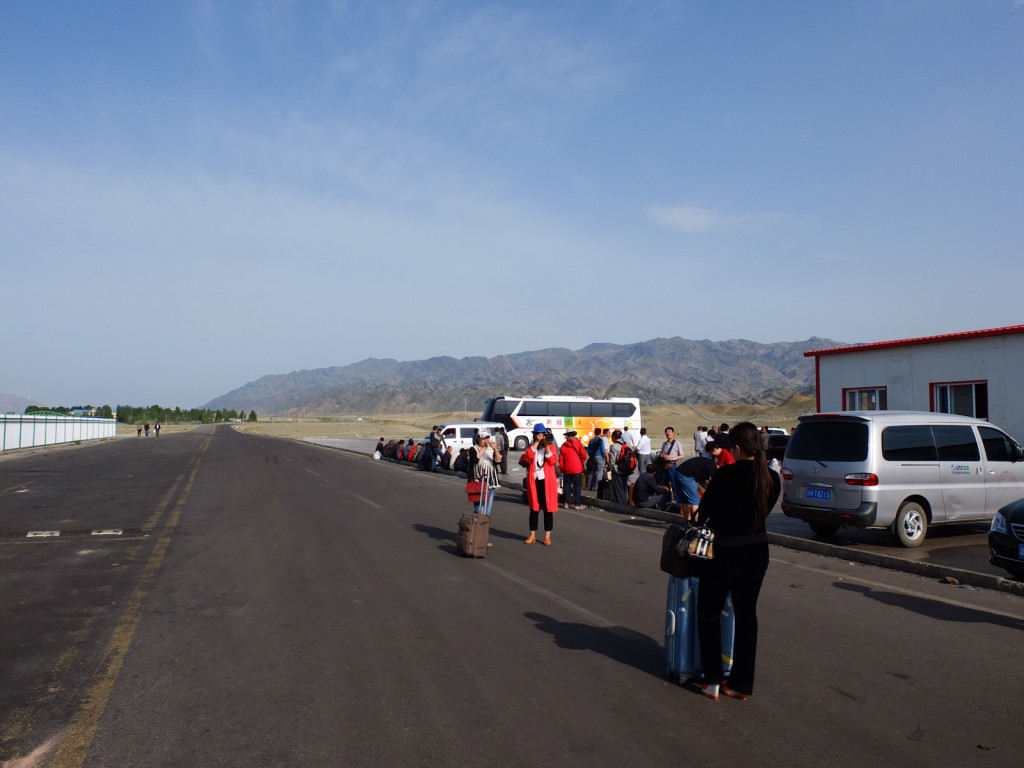
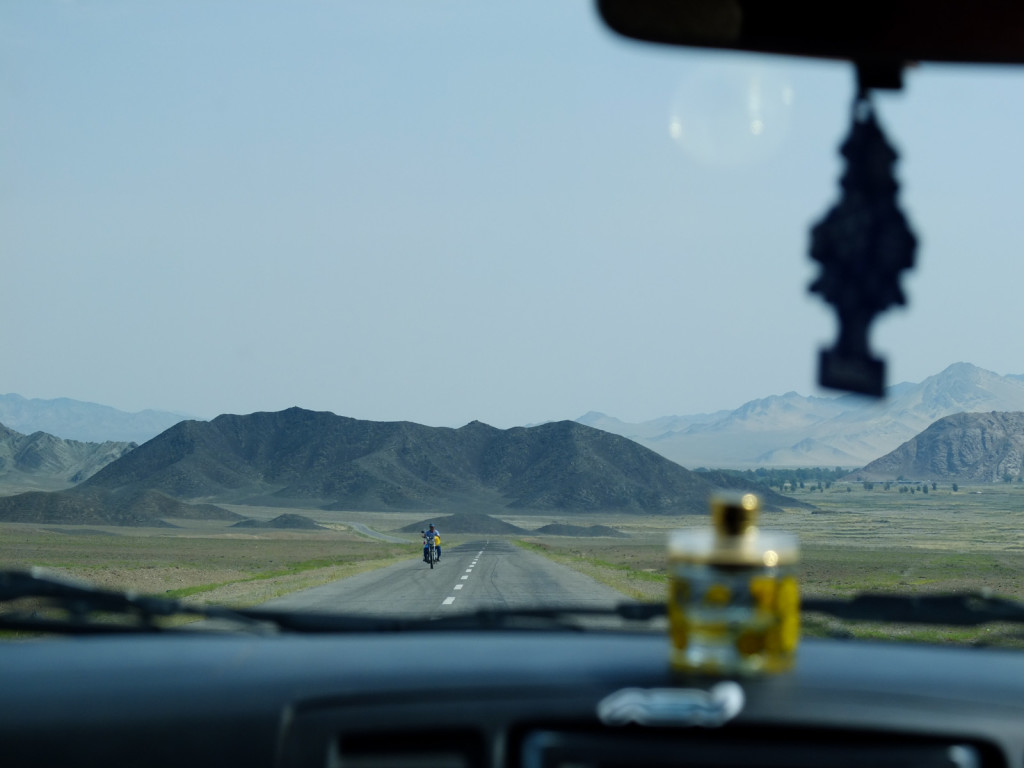

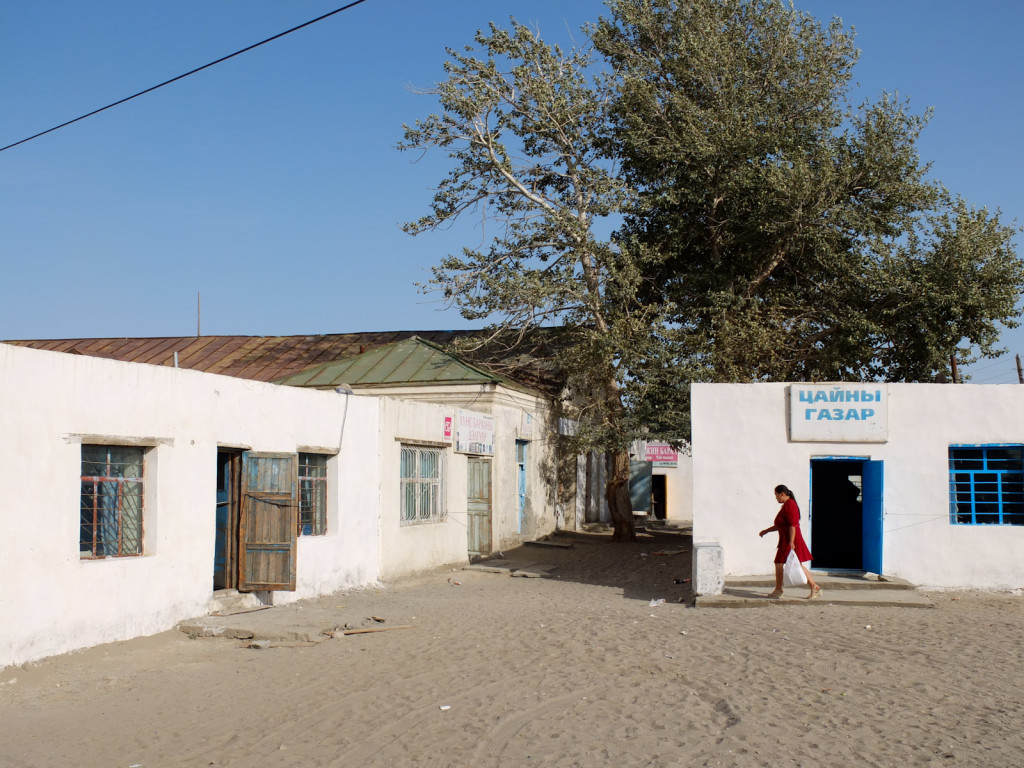
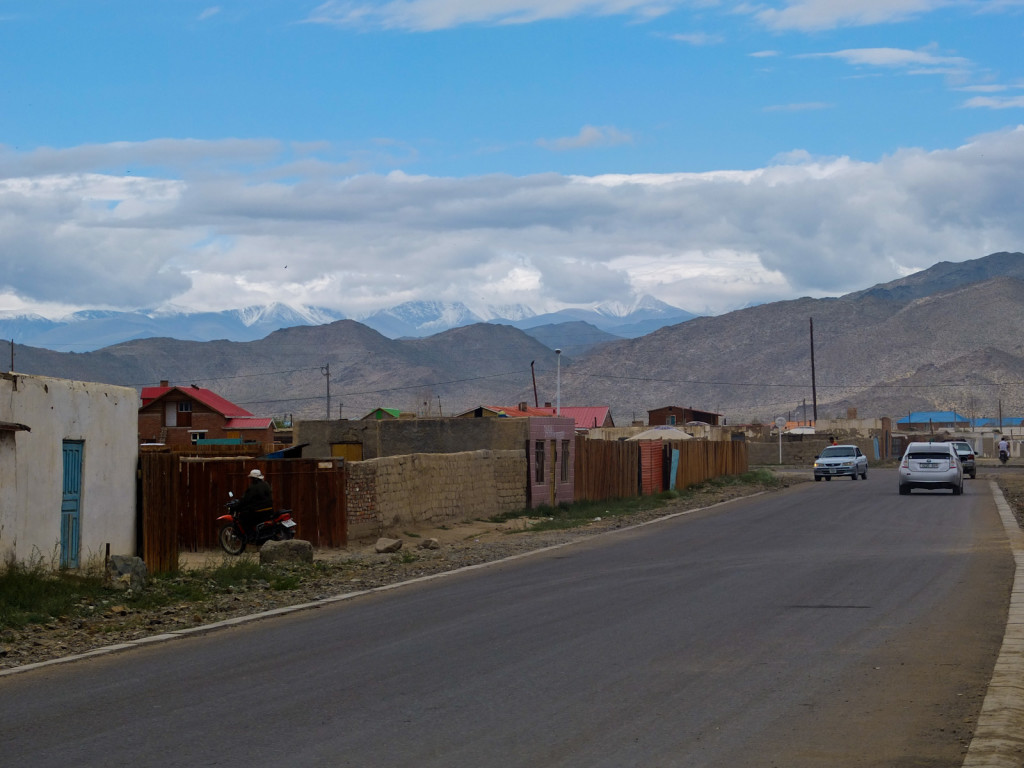
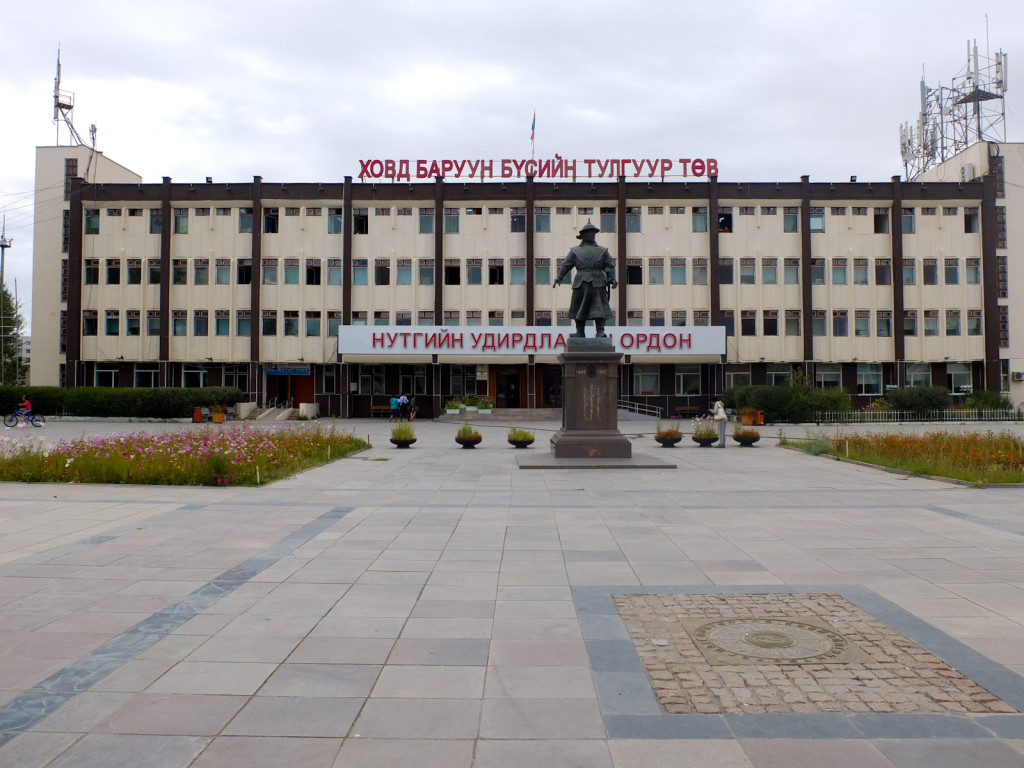




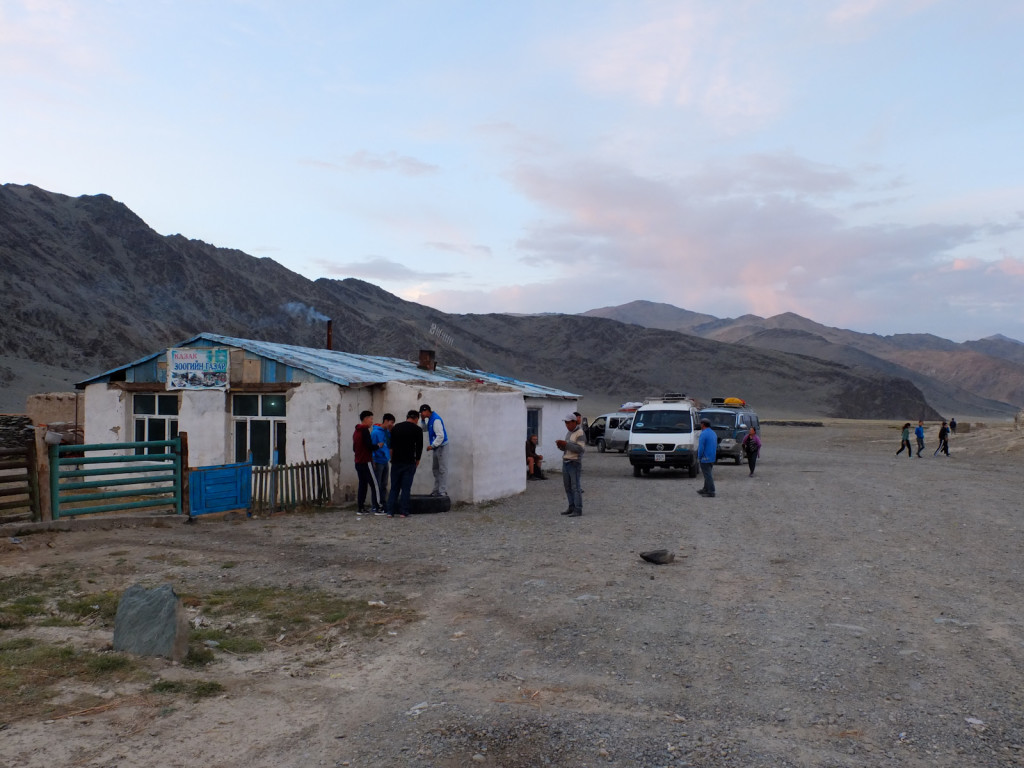
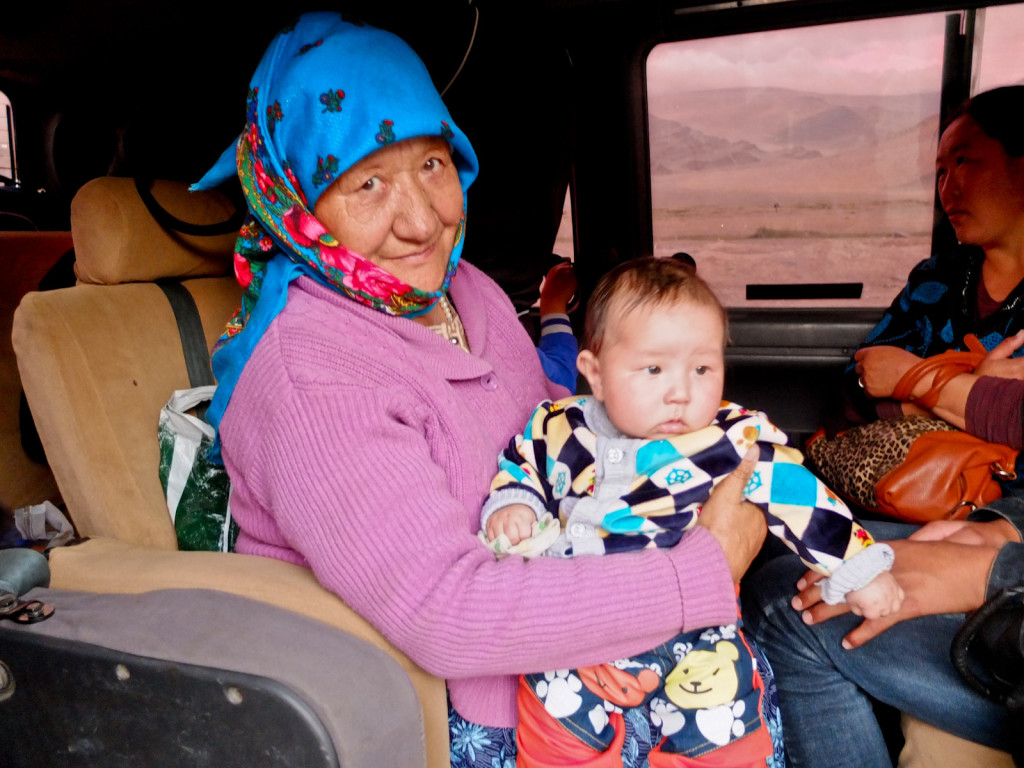
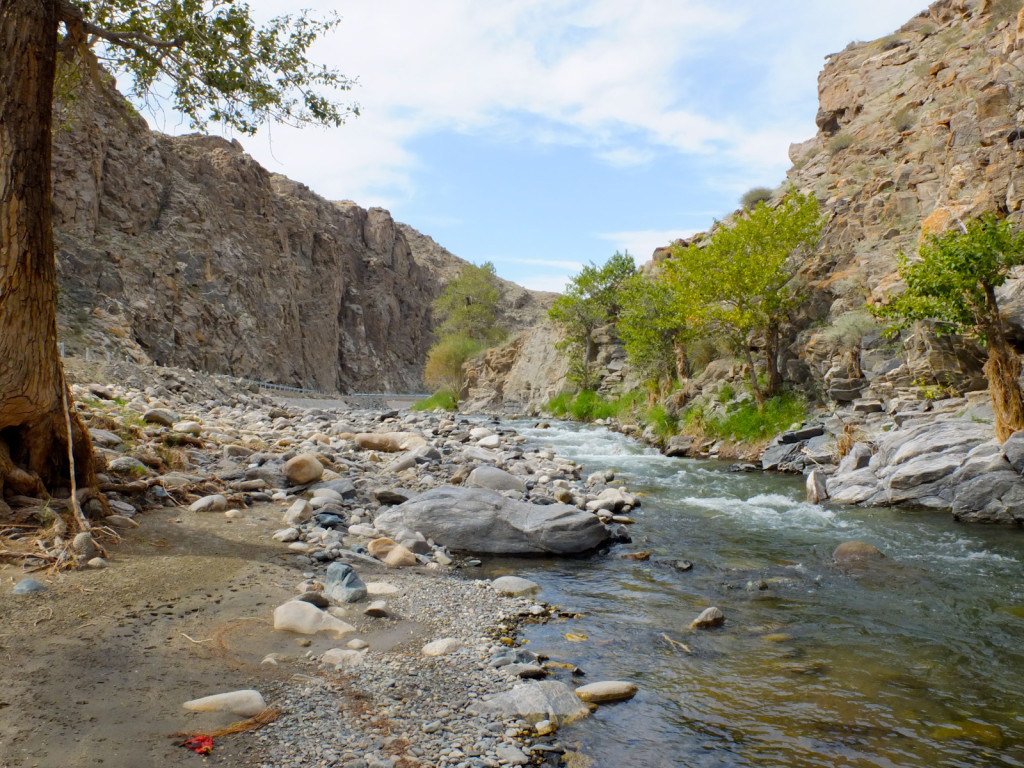




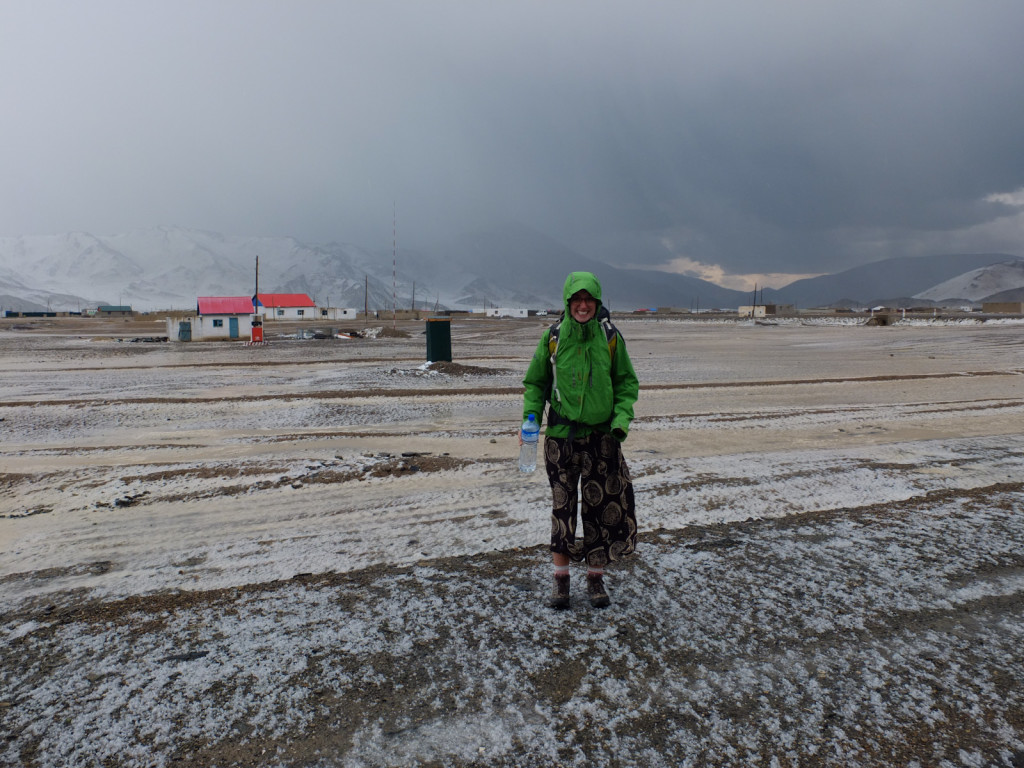


Thanks guys. Very helpful information, nice photos and blog. Wish you wonderful new trips. Magic Kervan
Thanks for your feedback, it’s really nice to hear people read our blog 🙂 Have amazing travels!
Thanks, Jurek. I am leaving Urumqi right now going to Mongolia and Russia as well, along the same way. I am not sure will I have time at all to check this site again. Do you have wechat or at least Facebook so I can contact you on the way if I find internet? I am interested for details like where concretely I can sleep in Mongolia, in Khovd, Olgii, Tsagannuurr, and if you know (as you didn’t use the bus), where in these cities I can find buses/jeeps? My wechat is Mario_from_Europe, and facebook Mario Knezevic. Thank you for any advice in advance:)
Hey Mario! I’ve sent you a request on wechat 🙂